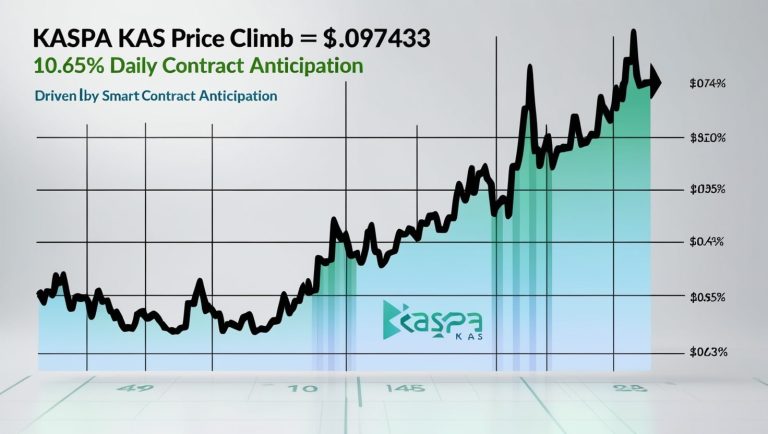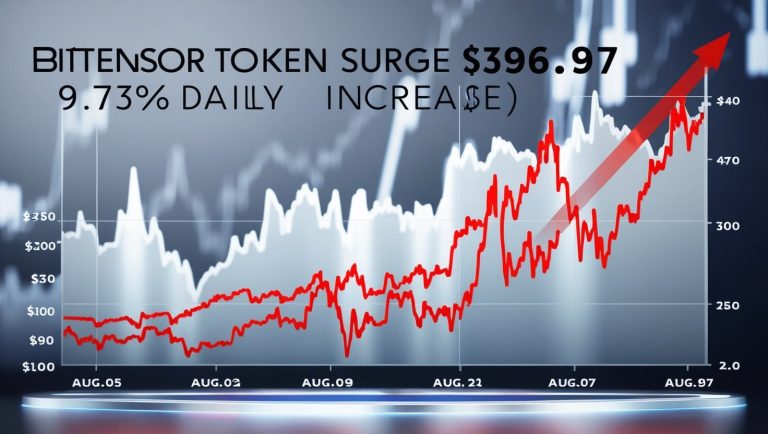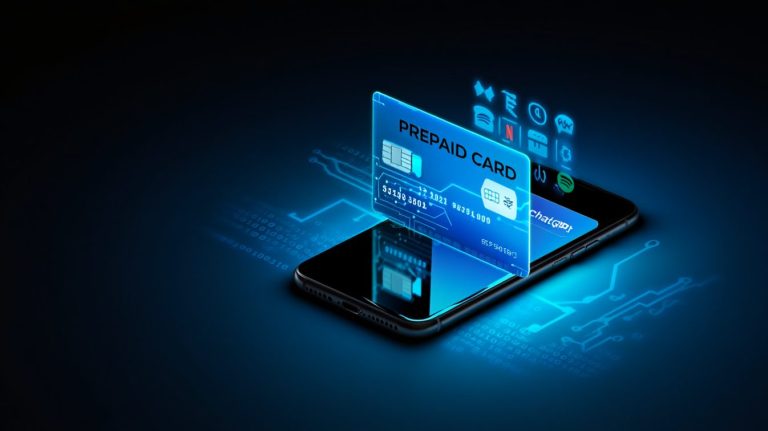Today, the KAS token of the Kaspa project gained 10.65 percent or up to $0.09743, with a current market cap of $2.58 billion, positioning this cryptocurrency at 42nd place in the world ranking. It is driven by the expectation of its smart contract launch on August 31, 2025, and vigorous network activity, and the trading volume increased by 40.14% to $110.8 million. The discussions on X are highly optimistic, with certain reports indicating that Kaspa will revolutionize scalability within blockchain.
Smart Contract Launch Raises Hopes
Both integration of smart contracts (slated to be introduced next) and substantial developer demand (the DEX testnet on Kaspa has already registered 4.8 million swaps) augur well. With this achievement, Kaspa is poised to compete with leading blockchains, offering decentralized apps. Among the analysts, institutional investors are also accumulating KAS, hoping that it will break the price to over 0.10, with the potential of reaching as high as 0.118 given the increasing whale activity before launching.
Network Activity Surges
The blockchain Trilemma, which impedes widespread adoption, speed, security, and decentralization, is being addressed by Kaspa BlockDAG technology. Daily payments reached 1.02 million and 510,000 unique active addresses, which boasts of exploding growth. On July 31, the network processed 1 million transactions, its fastest in 90 days, demonstrating greater scalability than its real competitors, such as Bitcoin and Ethereum. This performance is the basis of the bullish run that KAS experiences.
TA Indicates Strength
Technical indicators back the rally, and KAS has penetrated the resistance level of $0.096. The RSI of 50.78 indicates that the momentum is even among the assets, with little opportunity to become overbought. A near close above 0.10 may ignite a reaction towards 0.120, and there is support at 0.090. Analysts caution that a decline of the price below 0.087 may challenge 0.080; however, the trends seem to be supporting bulls.
Institutional and Community Support
The institutional interest is increasing, and whales are building up behind-the-scenes stacks of KAS, which was remarked upon in recent analyses. Those on X are buzzing about it with some forecasting KAS might reach $1 following the launch of the smart contract, primarily because of its unusual capability to process high amounts of transactions whilst maintaining its decentralized nature. The skeptics, however, argue that recent price stagnation may diminish short-term upside potential and that risk management is effectively abridged in the short term.
Market Outlook & Market Metrics
Kaspa has a total and circulating supply of 26.57 billion KAS, which is also its maximum supply, providing scarcity similar to that of Bitcoin. It is fully diluted at 279 million, and its volume to market cap ratio is at 4.28 percent, inferring good liquidity. The network’s capability to support light-speed transactions demonstrates its status as a frontrunner in blockchain development, thereby attracting long-term investors.
Freeze and Price Forecasts
Even with the optimism, some traders cautioned on a possible pullback if KAS can no longer maintain above the 0.10 level. The increasing wedge formation is an indication of a potential downside correction of up to 0.080 in case of any bear pressure. However, a positive outlook prevails, with price predictions for August 2025 ranging from $0.10 to $0.15. Some experts even anticipate a price of $0.27 by the end of 2025, assuming increased adoption of smart contracts.
Distinctness of Kaspa
Kaspa is different because it is unfazed by stress that paralyzes other blockchains, such as low block times and high fees. Its proof-of-work consensus and BlockDAG enable security and scalability, so it is an attractive alternative to Ethereum and Solana. Kaspa has the potential to experience new highs in DeFi and NFT activity as smart contracts become live and KAS becomes more in demand.
KAS Future Trajectory
Moving forward, the future of Kaspa depends on its smart contract launch and whether it will be listed on any exchanges, with rumors of it being added to Binance floating around. Analysts are optimistic on either front, with one claiming $1 to be reached by 2026, provided it is adopted. With a solid technical foundation and an ever-expanding ecosystem, Kaspa is well-positioned to capitalize on the growing demand for scalable blockchain technologies in 2025.












 Bitcoin
Bitcoin  Ethereum
Ethereum  Tether
Tether  XRP
XRP  USDC
USDC  Lido Staked Ether
Lido Staked Ether  TRON
TRON  Cardano
Cardano  Avalanche
Avalanche  Toncoin
Toncoin  Solana
Solana